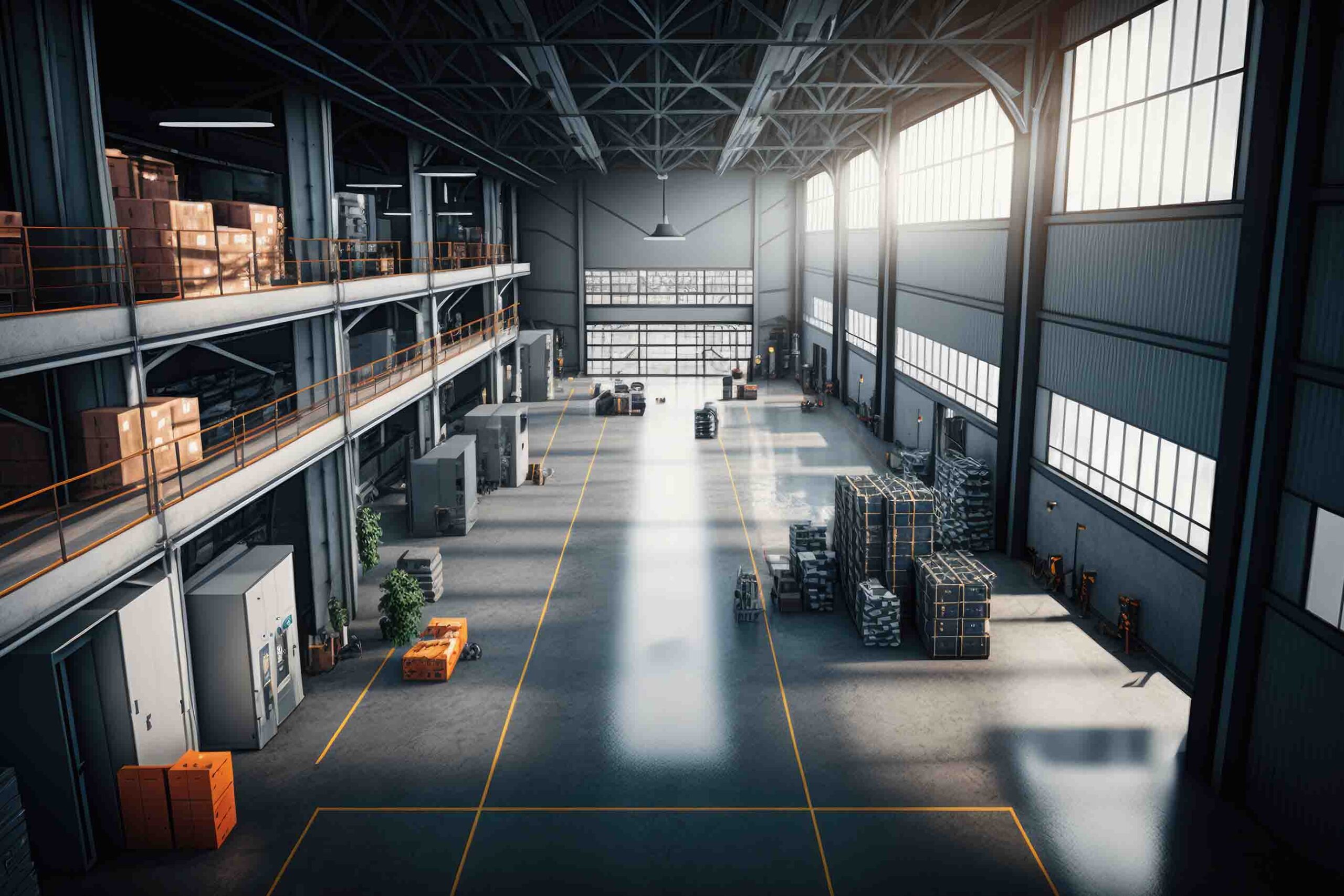
One of the key building blocks of international trade, the warehouse, is a term frequently encountered by companies engaged in import and export. So, what does warehouse mean, what is a customs warehouse, what are the types of warehouses, and what exactly does it mean for goods arriving at customs to be stored in a depot? Let's examine all these questions in detail.
What is a Warehouse?
A warehouse is an area where import and export products are temporarily stored before customs procedures are completed. It ensures the legal and physical protection of the products while helping trade transactions proceed more smoothly. During customs procedures, the safety and compliance of the products are maintained, and thanks to the warehouse, time loss is minimized. In other words, warehouse management contributes to both controlling costs for companies and facilitating customs processes. Businesses can manage their products more effectively and respond quickly to market demands. Warehouse supports the dynamic nature of trade, providing a competitive advantage to businesses. It allows for the rapid and effective execution of customs procedures during storage of goods.
What is the Difference Between a Warehouse and a Depot?
Although warehouse and depot seem to serve the same purpose, there are some fundamental differences. A warehouse, especially related to customs, is a storage area where goods awaiting customs clearance are kept. These are special areas where products are held before customs procedures are completed. In warehouses, such a requirement does not exist; here, products are generally stored after customs procedures are finalized. Warehouses are subject to legal inspection, and therefore, a warehouse declaration must be prepared, whereas such customs procedures are not required in depots. This is one of the most important differences between warehouses and depots. These legal regulations contribute to the healthy conduct of international trade by ensuring the safety and traceability of products. Therefore, while the concepts of warehouse and depot differ in terms of functionality, they also play important roles in the regulation of trade.
You can visit our page to learn more about our storage services!
What Are the Types of Warehouses?

There are different types of warehouses encountered in trade. These are generally divided into public and private warehouses, each with different responsibilities:
Type A Warehouse
Type A Warehouse is a general warehouse under the responsibility of the operator, where stock tracking is performed. This structure ensures the safe storage of products and offers efficient inventory management. Businesses can improve operational efficiency by organizing material flow through Type A Warehouse.
Type B Warehouse
Type B Warehouse is a storage area used only by the user. This warehouse is a system where the operator has limited responsibility. Users benefit from this space according to their needs, while the operator is responsible only under certain conditions.
Type C Warehouse
Type C Warehouse consists of private warehouses where the operator and the user are the same person. Operations carried out by this individual facilitate warehouse management and increase efficiency. Type C Warehouse provides flexibility and control.
Type D Warehouse
Type D Warehouse is a warehouse where the operator has more control over the goods and possesses certain authorities. It enhances material management and security, better responding to the needs of businesses.
Type E Warehouse
Type E Warehouse is a special authorized warehouse where goods can be stored under warehouse regime without the need for a physical depot. Type E Warehouse helps accelerate and manage customs procedures, thereby increasing the efficiency of international trade.
Why Is Warehouse Management Important?
Warehouse management provides strategic advantages for companies conducting high-volume import and export transactions. The management model increases operational efficiency by ensuring quick and orderly customs processes. It also offers benefits such as cost reduction and product security. Warehouses contribute significantly to logistics processes by allowing goods to be stored without additional processing, simply waiting, which adds flexibility to transportation planning. This flexibility enables companies to respond more quickly to market demands and gain a competitive edge. Warehouse management becomes a crucial point in the logistics chain and helps businesses manage more effectively.
Points to Consider When Using a Warehouse
There are some important points companies should pay attention to when using a warehouse. First, the warehouse declaration must be prepared correctly and completely. The declaration includes information such as the type, quantity, origin, and value of the stored goods. Errors or omissions in this information can cause delays or penalties in customs procedures. The preservation and security of goods stored in the warehouse are also critical. Especially for Type A warehouses where fresh or perishable products are stored, proper cooling and storage conditions must be provided. Regular inspection of the warehouse, taking measures against pests, and keeping inventory up to date are important for the efficiency of the business. Effective management of warehouse processes helps reduce costs and gain a competitive advantage.
You Might Be Interested: Logistics Warehouse Management Services: Location and Importance


